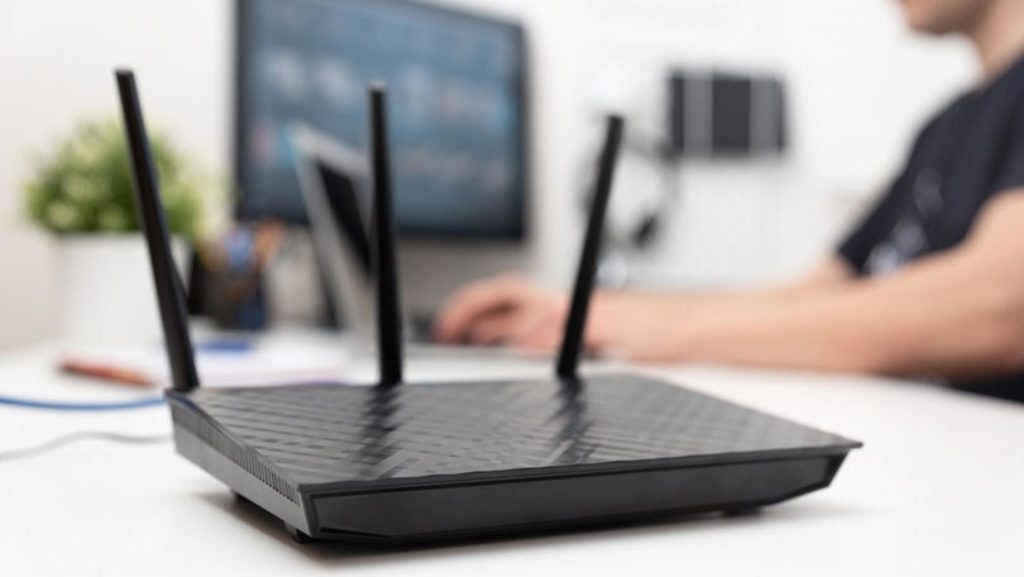Keeping calm through slow internet is a real struggle and if you’re already paying premium money for it, it’s bound to be aggravating. It’s possible though that your internet service is top-notch and it’s the Wi-Fi setup at your place that’s the issue.
No matter what speed your ISP gives you, when it comes to Wi-Fi signals it’s the router that is king. You could have the fastest internet from Spectrum, but still get weak signals at home. If you have a cheap router, you might get slow speeds and sometimes no signals altogether. Therefore, it is of utmost importance you get a good router and once you get it, set it to optimal settings. Just keeping the following in mind and making the required changes is sure to boost your Wi-Fi connection.
Placement is Key
Contents
The first thing you need to check for is if the router is at the center of your residence. Since signals are propelled in all directions from the router, it covers a circular area. So, if you placed your router in a corner, chances are that the other corner of your home is hardly getting any signals. Unless your house is small. Even then, however, the further you move from the router the weaker the signals become and slower the speed gets.
It may seem logical to place it against a window from where the wire is coming in, but to get the most out of your connection, it is important you place the router at the center of your house.
Many of us are also in the habit of tucking it away in a cabinet out of sight, and while it may appeal to you aesthetically, it’s not ideal conditions for routers. To get optimal service, place them in open spaces where there are minimal objects blocking the path of its signals. This will also ensure the device doesn’t heat up.
You should also make sure it is not surrounded by electronics or heavy-duty appliances as they can impact Wi-Fi performance as well. If the router has antennas, it is recommended that you orient them vertically upwards and for even better results mount it high-up on walls or place them on the topmost shelf in your house. This, was the easy part.
What’s Your Frequency?
The next step is a little technical. To get improved Wi-Fi performance you’ll have to access its settings and change the frequency it works on if needed. This step is only applicable to dual-band or tri-band routers though.
To access the settings, open Google and in the search bar simply type in your IP address. Next use the credentials on the router to edit its settings.
Once you’re in, take a look at the network’s administrator interface to check if it is configured to give you optimum performance. If you have a dual-band or tri-band router, we’d recommend you switch to the 5GHz band instead of 2.4 GHz band that’s more common. Since this frequency is used less, you’ll get less interference from wireless networks and devices.
You can also set it up to use both bands so that whichever gives best signal, your device can pick that.

Tune in to the Right Channel
Interference is a big issue. The more densely populated the area, more electric appliances and more the internet connections, the greater interference you’ll get. In cities especially, there’s no way you can escape it. Luckily though, there’s a way around it.
The modern routers can easily switch across different channels when they communicate with your devices. They will choose a channel for you, but if you neighbor too is using the same channel, you’ll end up having to deal with signal congestion.
If you managed to get one of the expensive routers that automatically switches to least congested channels, you’re in luck. If you don’t, there is hope yet it just means you’ll be doing a little more work.
You can see which channels your neighboring Wi-Fi networks are using on your windows-based PCs. Just type ‘netsh wlan show all’ in the command prompt. If you are using 2.4GHz band, you might want to stick to channels 1, 6 and 11 only, but if you’re on the 5 GHz band you can choose whichever you like.
Since channel congestion can change, you might want to do this again from time to time.
Get a Wi-Fi Repeater
If you have a big house and getting two plans is not an option, a simple solution could be getting a Wi-Fi repeater. Using the same SSID and password settings, it helps you carry the signal further.
It contains a wireless router and what is essentially does is it picks your Wi-Fi signal, boosts it and transmits it again, stronger. If you have another old router lying around you can use it as a repeater too. Using LAN ports, connect it to your router and by configuring the settings the old router can be made to boost your signal.
Use an Internet Extender
Using a Wi-Fi repeater comes at a cost: bandwidth is compromised. If you have a big household with a lot of people and even more devices connected to the internet, it’s the worst that can happen. In such cases, it’s best you get a Wi-Fi extender instead. It’s more complex to set up, but it’s worth it. It connects to your router via a wire and so does not take up any bandwidth.
Final Words
While some of the options seem technical, they’re easy. If you follow the instructions correctly, you’ll have string signals in no time. If you get stuck anywhere, you can easily find the solution on the internet. While quality of routers directly impact the strength of the signals, having a good internet service is important as well and can’t be ignored.


